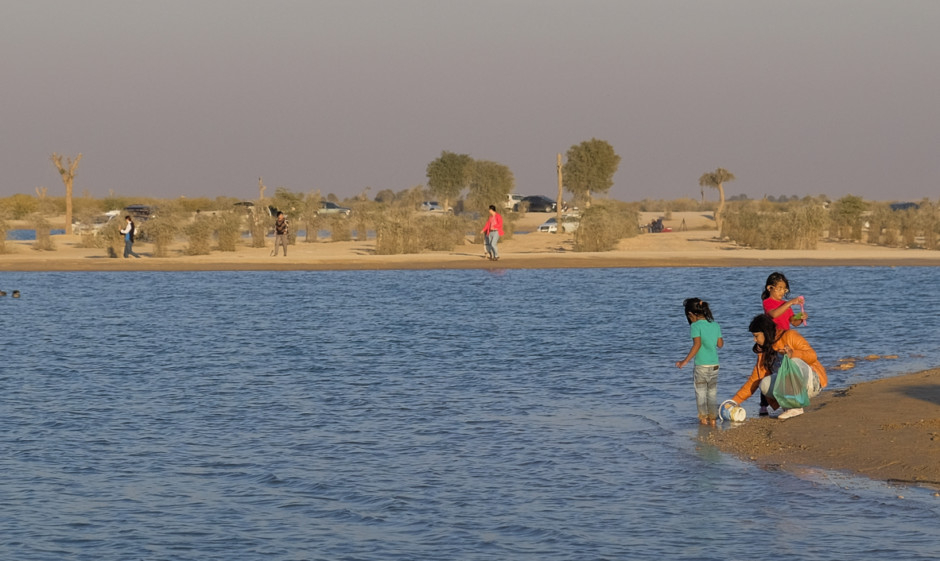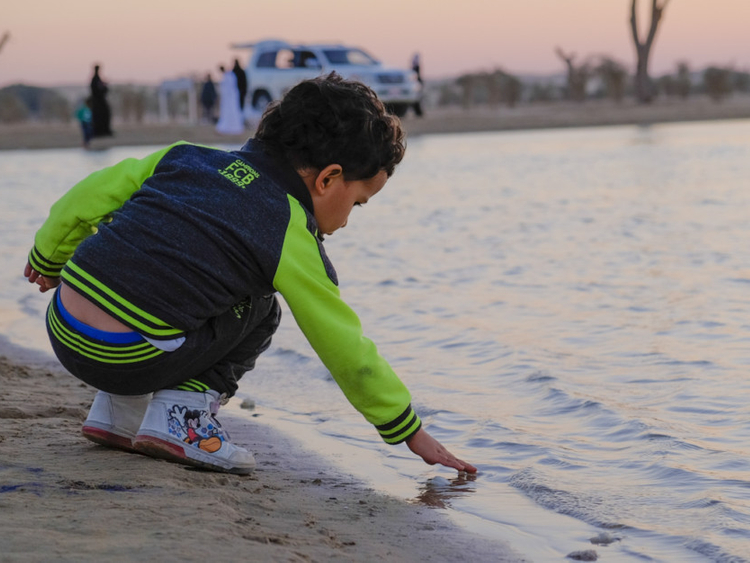Abu Dhabi: Environmental specialists have called for the protection of coastal ecosystems as a way of mitigating climate change during a workshop held in Abu Dhabi.
Hosted by the Environment Agency — Abu Dhabi (EAD), the International Partnership for Blue Carbon brought together several international experts and government entities, with the discussion centred around the need to conserve mangroves, tidal marsh and sea grass ecosystems.
“Blue carbon is different than terrestrial carbon that is stored in trees. Blue carbon is basically the carbon that is stored in the ecosystems, and this carbon has been stored for over a millennia, so for thousands and thousands of years of carbon is stored in those really rich soils,” said Jane Glavan, partnership manager for Abu Dhabi Global Environmental Data Initiative at the EAD.
“If we destroy these coastal systems like mangroves, or do any kind of degradation, the blue carbon will be released in the environment and this will obviously contribute to climate change. We don’t want that carbon being released into the environment but want to keep it stored, and hence the important need for protecting these areas,” Glavan added.
Glavan said that the UAE had already initiated several projects to conserve mangroves, and that the country’s successful model could be used as an example for other countries around the world.
“What’s really nice about the UAE is that we really have the oldest scale restoration policies in the world, we have been restoring these mangroves for a very long time — it takes about 40 years to restore mangroves, and so there is a good mixture of policies in terms of restoration and conservation.
“The UAE is really at the forefront of this, and so we want to share our knowledge and experience with others, and events like this give us that opportunity, where we can tell other countries and groups about the work and research that we have done and what we have learnt,” she added.
Glavan said that a number of factors could lead to the degradation of coastal areas, most of which were man-made.
“There are many factors that play a role, it can be down to coastal developments, or blocking the waterways which creates ponds and the water becomes very stagnant,” she said.
Sally Box, director, International Climate Change Negotiations for the Australian government, said the threats being faced by coastal systems provided an opportunity for action.
“I think we are seeing the decline of coastal systems to some extent in different parts of the world largely through human impacts, but this also means there is a great opportunity to turn that around.
“It’s about recognising that these coastal systems have multiple benefits, and how we can provide the right incentives to countries and communities to protect and preserve these systems,” she added.
Box said that are several benefits of the mangroves including the protection of fisheries, and protection from storms.
“They are important in a number of ways, they store a lot of carbon which is important for climate change mitigation. They also protect our shorelines from storm surges.














